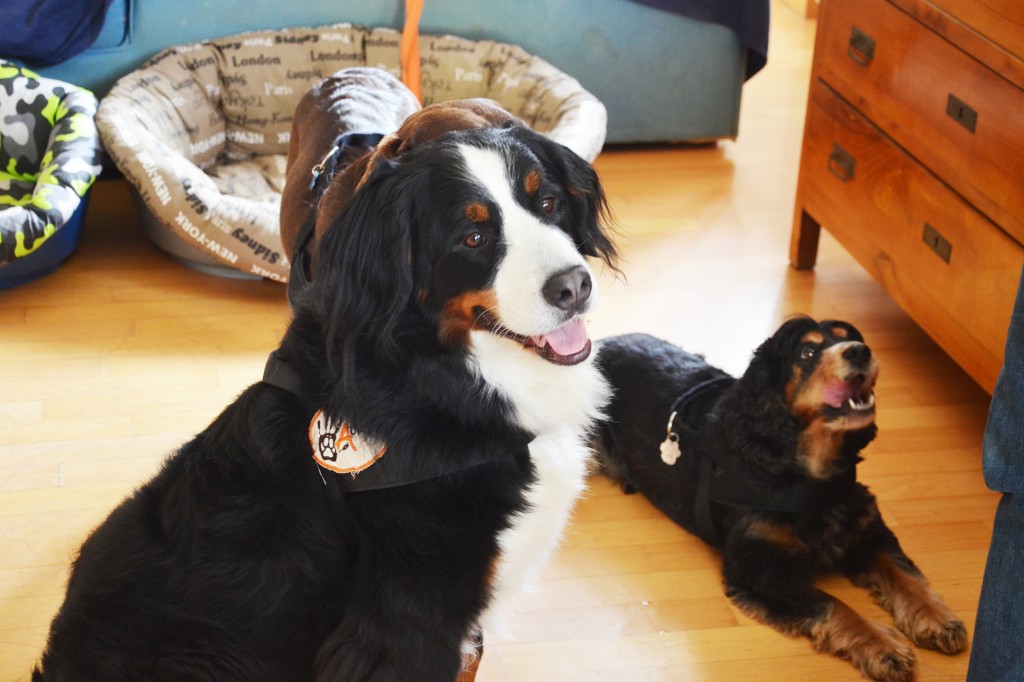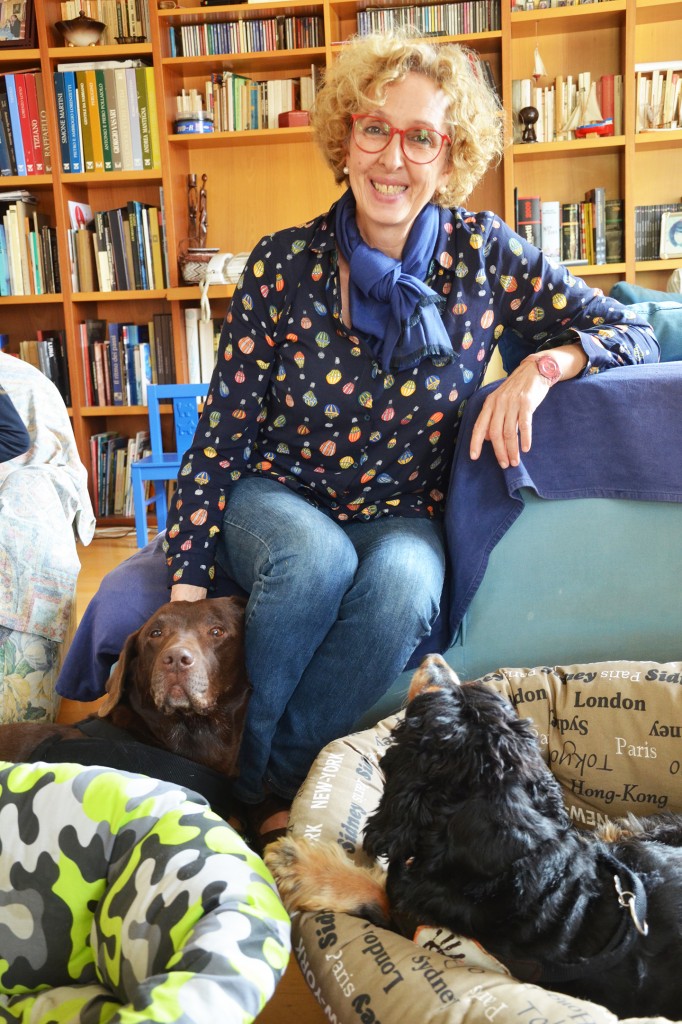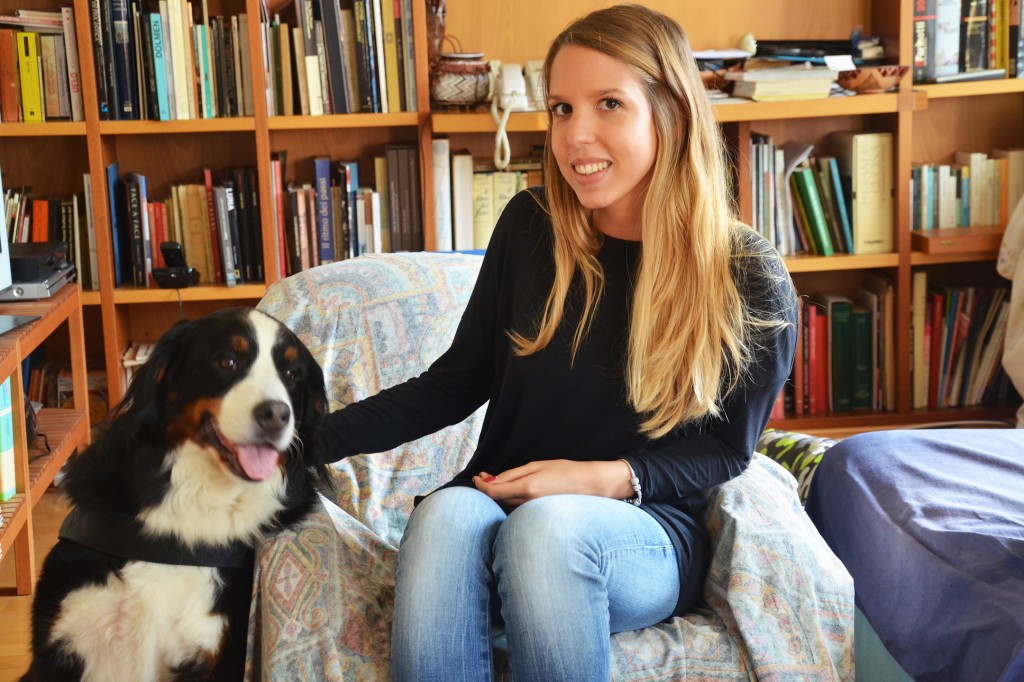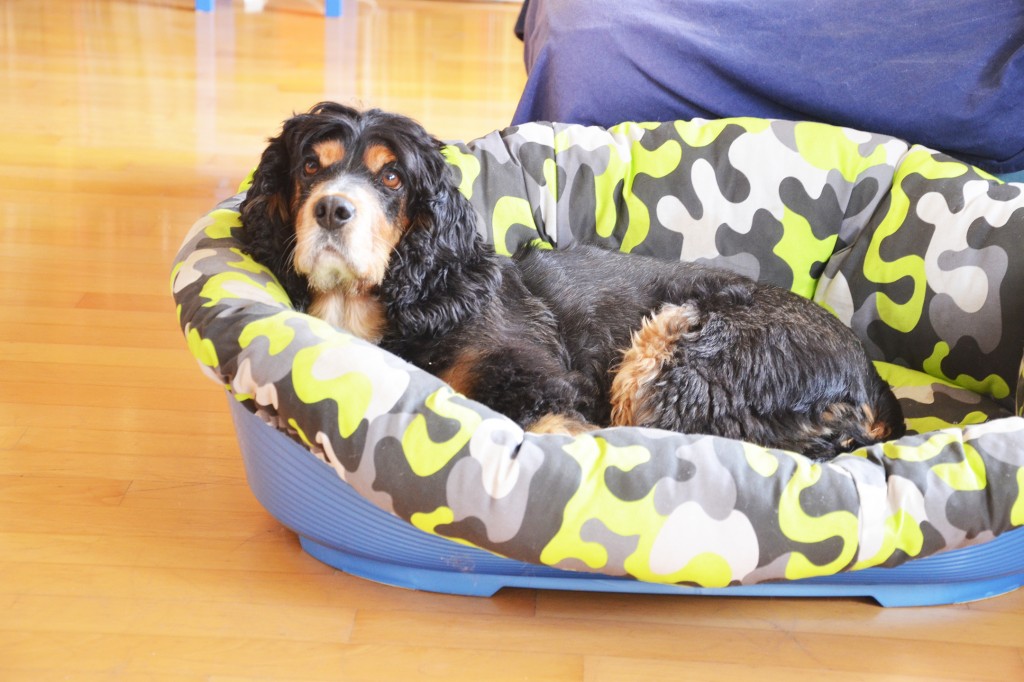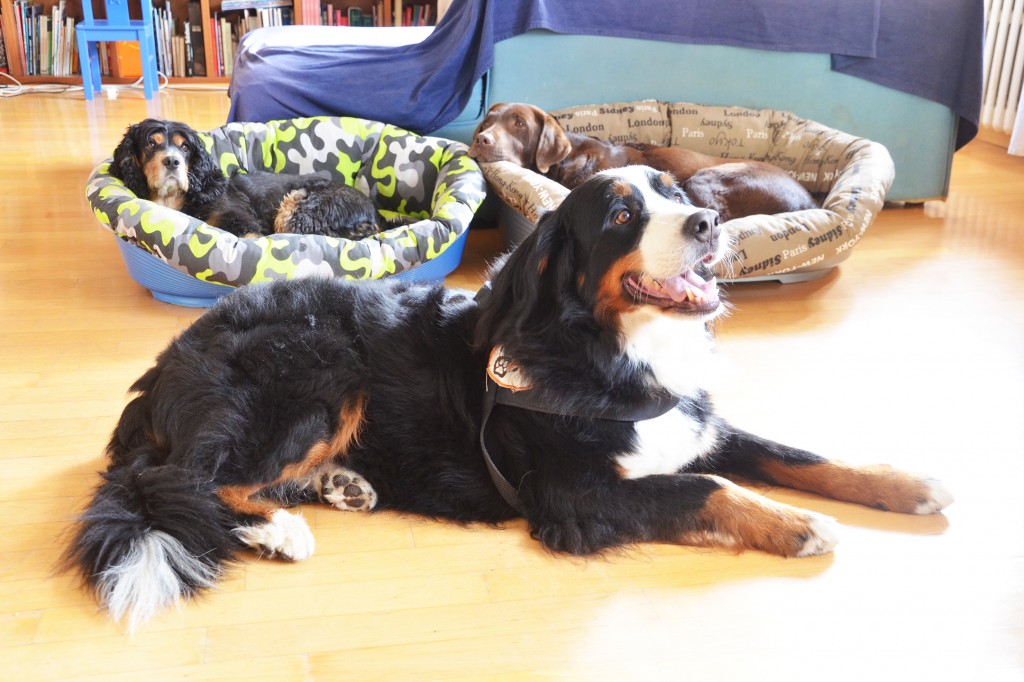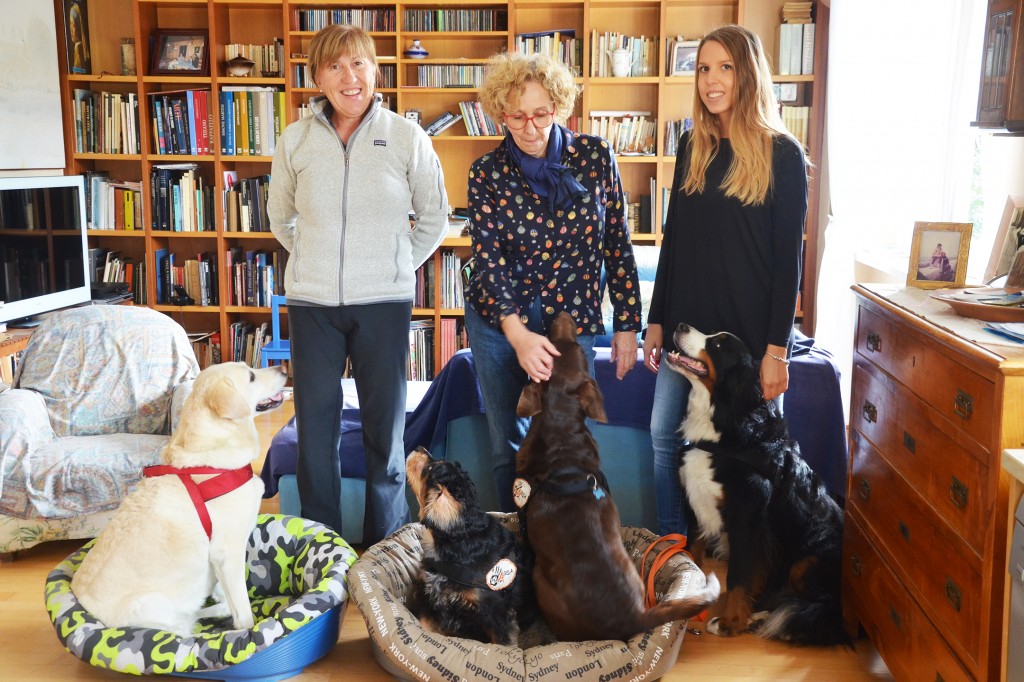Pet Therapy (or Animal Assisted Therapy) strives to bring some sort of relief to situations of mental or physical distress by offering contact with docile pets. It can be used together with other types of therapy to treat mental disorders like autism, for example, and can be very efficient in treating learning disabilities aggravated by anxiety or hyperactivity. Over the past few years, Pet Therapy is also often used in educational projects at schools. We spoke with the president of AUREA to get a better grasp on how pets can be used in projects aimed at integrating children with disabilities, behavioural disorders or foreign provenance into their classes at school.
AUREA, the Association for Human Relationships with Animals, has been operative in this field since 2012, mainly in the schools of the Vicenza region.
Doctor Anna, what is the AUREA?
It is a group of people who love animals and come from all walks of life. The association includes psychiatrists, physicians, teachers, vets, dog trainers and handlers. These different professions help to make our projects come true, projects that involve from the youngest to the oldest kids at school.
Doctor Anna, tell us about a project you’ve carried out in the schools here in Vicenza.
We have taken our projects into various schools, from kindergarten to secondary schools, because many studies have shown that Pet Therapy can have some very positive effects, especially in classes where you have children with disabilities. These children often risk being emarginated from the rest of the class because of their differences. We work alongside them and, through specifically targeted activities, involve the entire class in small groups. The results are remarkable and in a short period of time the class’s attitude and perception of the disabled child changes. The dog becomes a mediator, if you will, who lets the class get to know the child, to understand that they can share plenty of activities.
Are animals useful only for this kind of project?
Not at all. They are very effective in projects dealing with diversity, for example. The problem of integration and respect of other cultures is very important these days. Learning to communicate and respect an animal that has a completely different method of communication than ours helps us to learn to respect those who are ‘different’ than we are.
Animals are also very effective in rest homes and in residential services for the handicapped.
Is a dog in the classroom a resource only for the pupils?
No! All of the teachers who have been involved in our projects reported a clear improvement in terms of the class’s learning ability and motivation. The presence of an animal is a stimulus for everyone. The teachers use them to modify the curriculum to include the world of animals and nature, the students become more interested and motivated. The class becomes more united and rediscovers the desire to do things together.
What’s the criteria for picking one animal as opposed to another?
Well, it depends on the goals you want to reach. You usually pick an animal based on his similarity or difference. For example, a hyperactive child is well paired with Cora, a Bernese Mountain Dog. This marvellous dog has a lovely quiet temperament, her movements are slow and this induces hyperactive kids to slow down, to adjust their own rhythm to that of the dog.
Is this sort of activity stressful to the dog, or does it see it as playing?
The animal does not see it as playing, but it’s not a stressful activity either. The dog was trained for this, and now he can put it into action. It’s like doing a job that you like, one you know you can do well, and that you can stop when you want! It’s gratifying work because it’s an activity done together with a handler who, knowing him, also recognises the situations that might cause stress. The dog also knows that during Pet Therapy sessions, he can leave the session if he feels ill at ease. He always has a guaranteed escape route.
We thank Anna Dalle Molle, the president of Aurea, but also the other members of the association who took part: Anna Velo, psychologist, and Eleonora De Toni, teacher, for offering a glimpse into their association and telling us about how our four-legged friends create positive experiences for so many.
If you would like more information, you can write to info@associazioneaurea.it .



